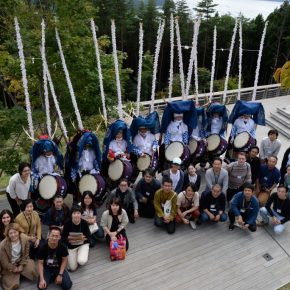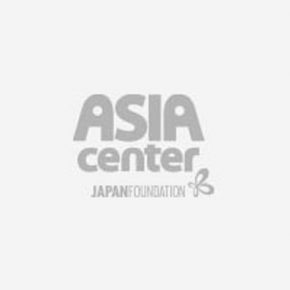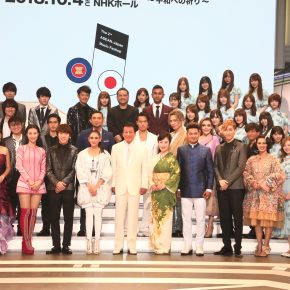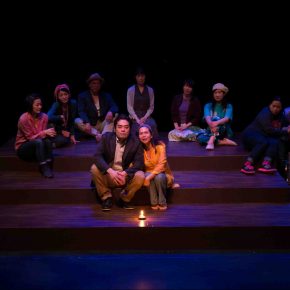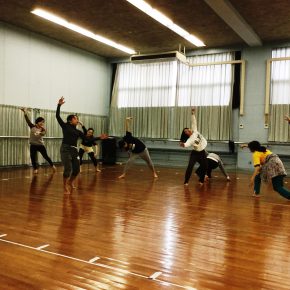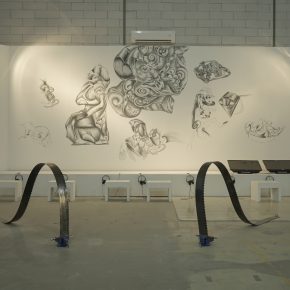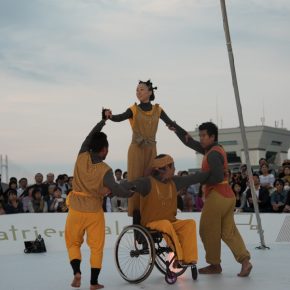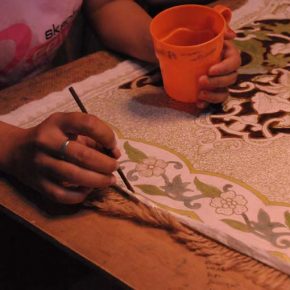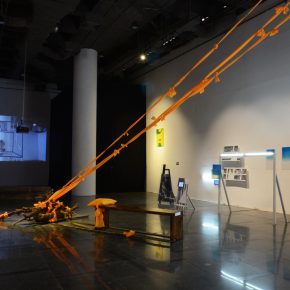Held a camping style workshop and symposium targeting people involved in holding an artist-in-residence business, people who would like to be involved in it from now on, artists, and students. At the three-day camping experience, we taught about practical management know-how and various program management, and gave lectures by guest lecturers, in addition to sharing information that we did not have the opportunity to share until now. We researched together about the future problems and effects through discussions. We also held a symposium about the current situation of the AIR program that has been rapidly increasing and diversifying for people involved in AIR who will not be participating in the camp, people involved in art, and for the general public. We also had thorough discussions about the method of measuring the effectiveness of the residence business through lectures given by artists who participated in the workshops in the past and are now globally successful, presentations by guest lecturers participating in the workshops, and panel discussions.
Achievements of FY 2017 https://grant-fellowship-db.asiawa.jpf.go.jp/en/grant/cc1733/
Achievements of FY 2016 https://grant-fellowship-db.asiawa.jpf.go.jp/en/grant/cc1648/
Achievements of FY 2014 https://grant-fellowship-db.asiawa.jpf.go.jp/en/grant/pp1433/
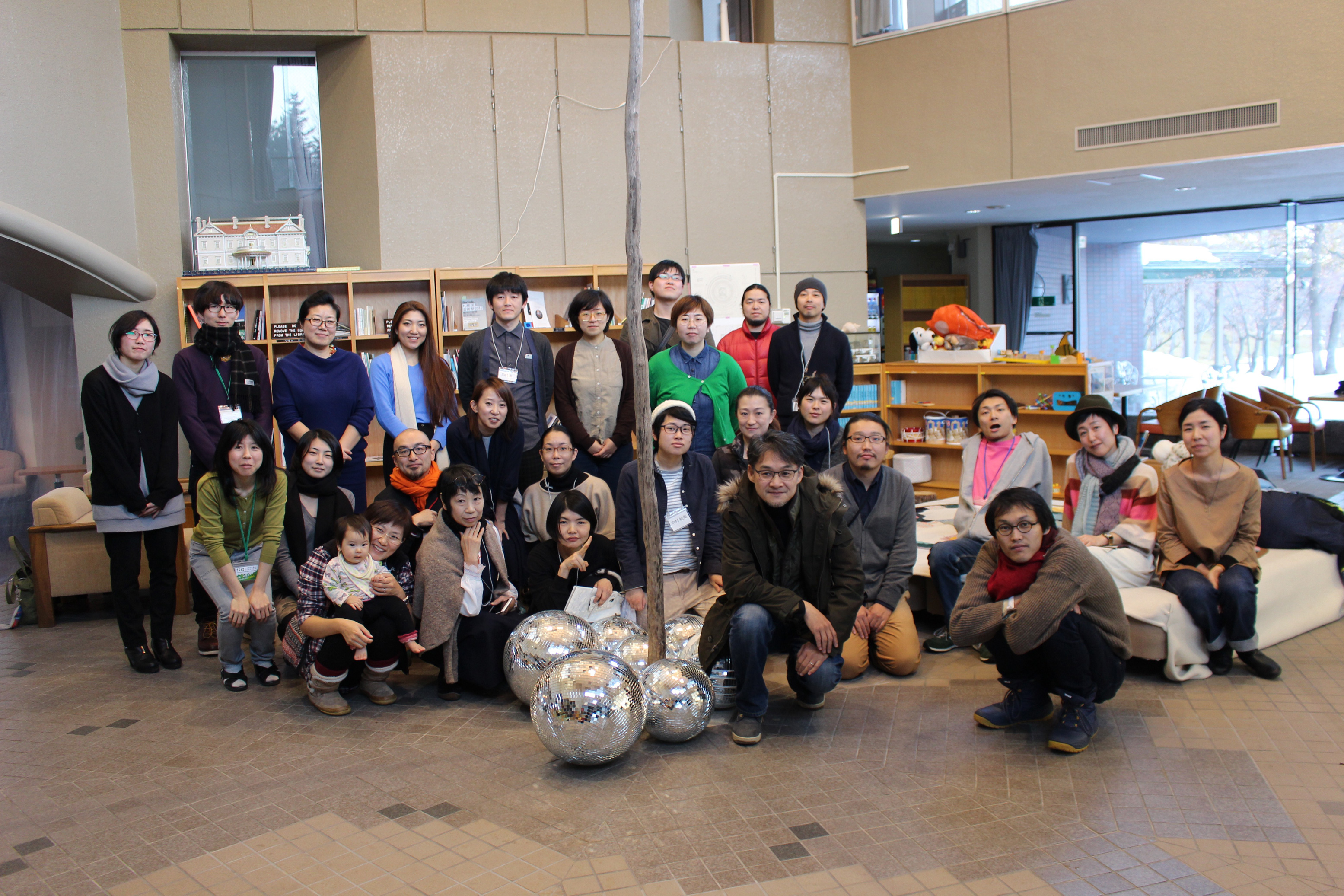
- Related Countries
- Japan, Vietnam, Cambodia
- Co-organizer(s), Cooperator(s)
- Sapporo Tenjin-yama Art Studio
- AIS Planning
- AIR Network Japan
- San Art
- Sa Sa Art Projects
From the Organizer
The “AIR CAMP” had two lecturers from Asia, five lecturers from Japan, and approximately 10 local participants from Hokkaiko as well as 10 more from other prefectures . We undertook inspections from administrative officials and various cultural institutions and conducted research on AIR management for the new era. A network with great potential for the future was established through the participants, as well as lecturers and guests from abroad actively exchanging information and opinions. It is expected that individual interactions will flourish. Case studies introduced by lecturers from Japan were also diverse, and participants seemed to grasp clues for constructing their own AIR program in their region. By continuing AIR CAMP itself, it is also expected that participants will connect with vertical networks that go beyond their ages, other than the lateral network that was cultivated this time. The issue for the future to achieve this purpose is constructing a mechanism in which the participants can newly launch art projects such as AIR and can actively share. Information shared by predecessors and sharing know-how is important for the AIR dissemination and establishment of AIR in Japan and its further development. The project could be carried out with the understanding from the Japan Foundation and the grant.
